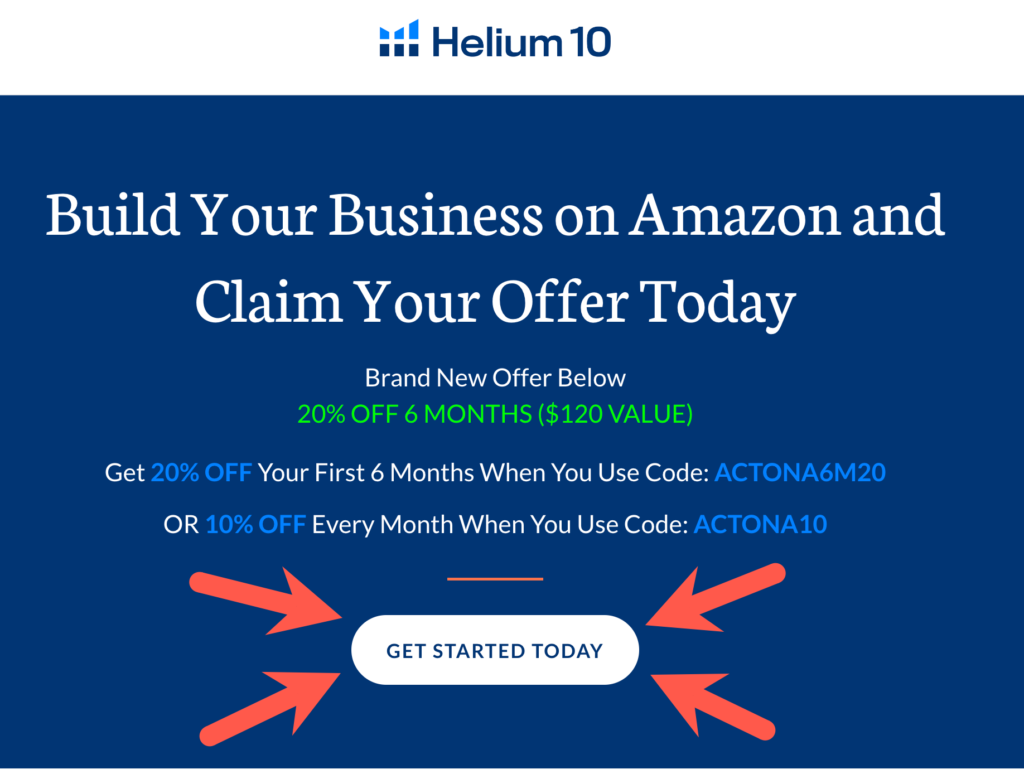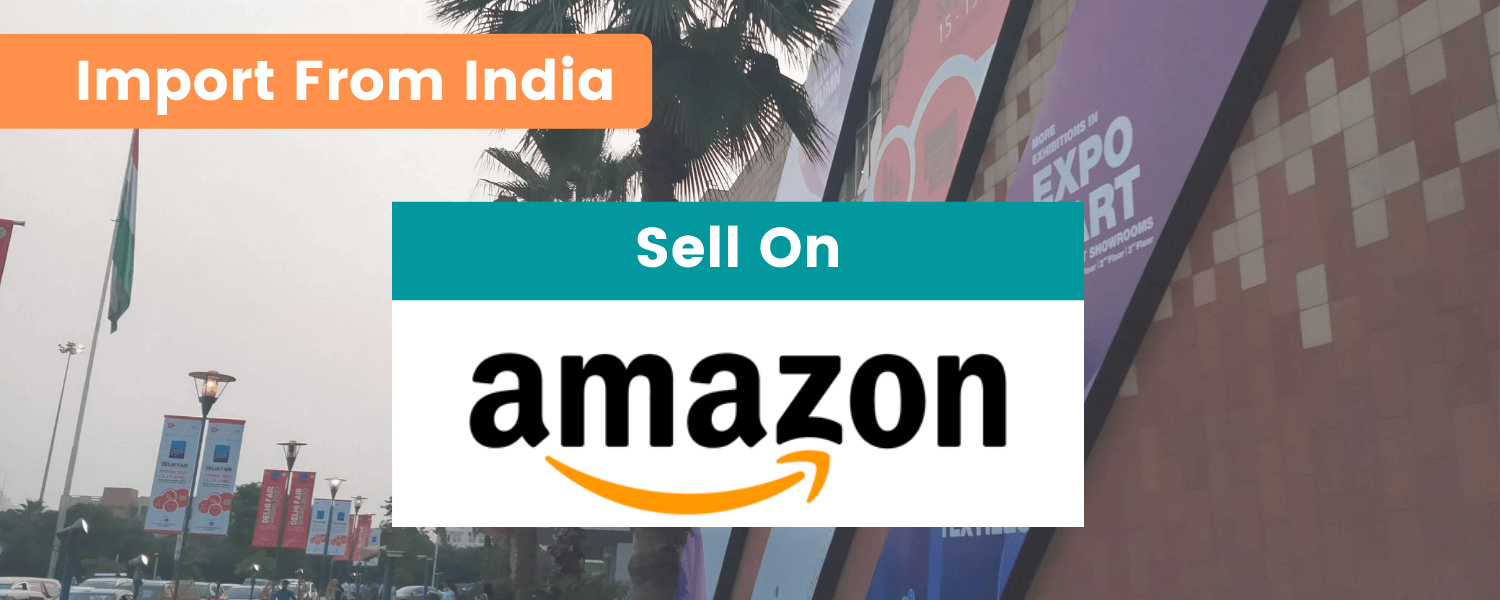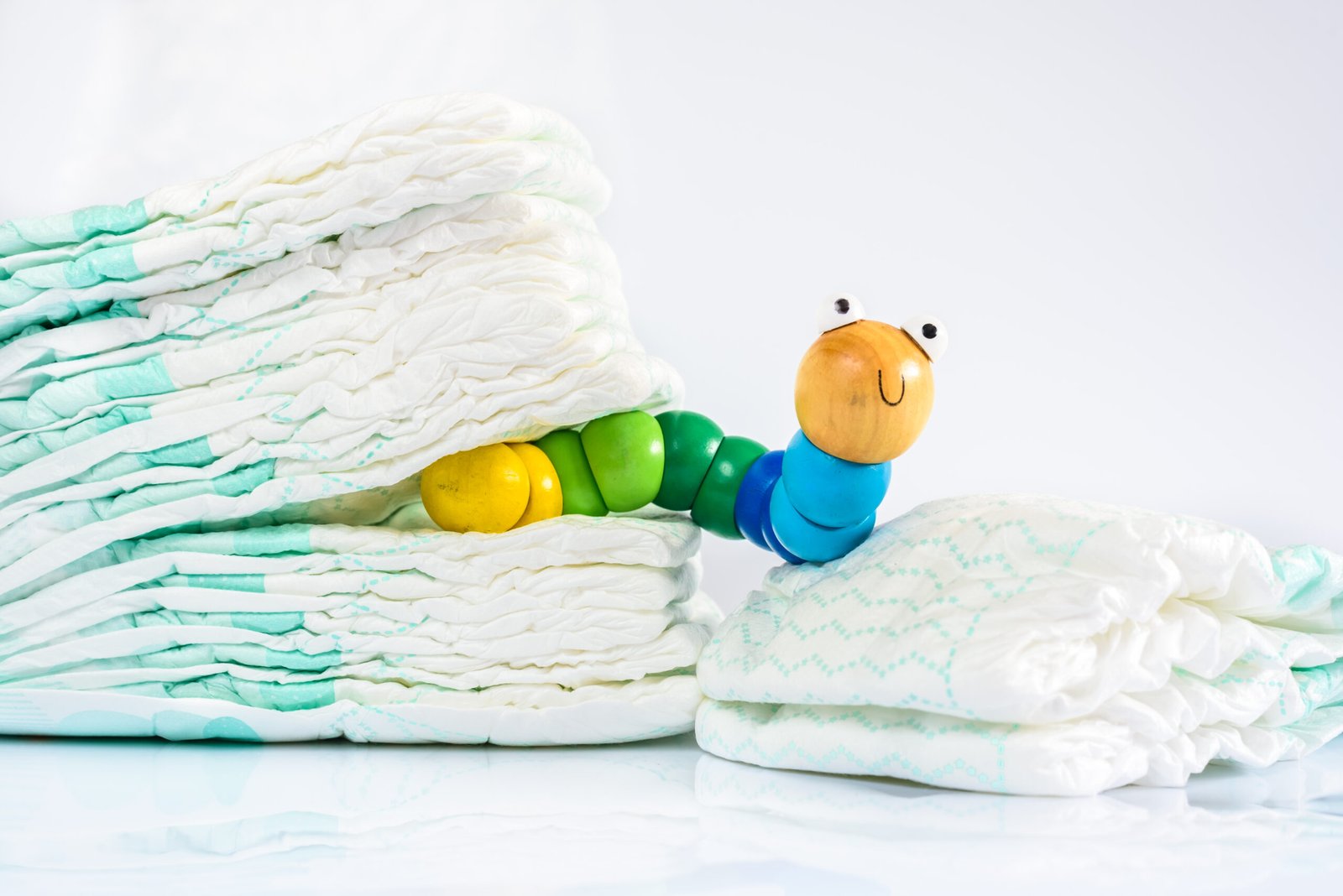An unbiased Helium 10 review
Would you like to build your own Amazon private label brand?
It is possible to turn a small collection of products into a massive Amazon private label brand business of your choice. I will review Helium 10 with a coupon discount code in this blog post. Although it is challenging to create your own Amazon private label products, your continuous effort and unshaken commitment could turn it into reality, and you can enjoy your loyal customer base once built and your sales can be multiplied over time.

It is essential to choose the best product niche to be successful in Amazon’s private label brand business.
India is home to one of the fastest-growing economy in the world. The growth stems from a robust industrial and manufacturing sector that has seen the country emerge as one of the biggest suppliers of various products and raw materials. Multinationals in diversified fields source items from India, given the country’s robust manufacturing sector.
What is Helium 10?
Helium 10 is an all-in-one tool to search for profitable products for your Amazon FBA business. It is a combination of various tools to help research profitable private-label products.
Is Helium 10 free?
Helium 10 offers a free version of most of its tools for a limited period of time. You can use this opportunity to research your Amazon product. Click here and then click on "Claim My Discount" to activate your free version.
Following are the tools consisting of Helium 10. Use this Helium 10 discount coupon code to get a 50% discount. This Helium 10 review will help you to choose the right tool to research products.
1. Black Box – Used for Product Research

2. Xray – Chrome Browser Extension to give sellers a comprehensive view while browsing the Amazon marketplace

3. Scribbles – Listing Optimizer to make sure that important keywords are never missing from a listing

4. Cerebro – Reverse ASIN Search to identify winning keywords

5. Refund Genie – Generate Estimated Reimbursements for Lost or Damaged Inventory on Amazon

6. Inventory Protector – Guard Amazon Inventory Against Scammers

You should ask yourself the below questions before dive into deeper:
How to Be Prepared Financially for an Amazon Private Label Business?
You can choose any niche of products of your liking if money is not an issue, but it doesn’t mean that you should choose any niche. You should be strategic while selecting your niche selection to maximize your profit after reading this Helium 10 review.
The initial cost of starting up could go up to hundreds of thousands of dollars but is heavily dependent upon your product selection.
You should be very cautious while selecting your product because various factors can increase your product’s cost and decrease your sales profit, for example, packaging cost, sample product cost, product marketing (such as Amazon PPC), product launching cost, and any other unexpected costs.

How To Find Your Private Label Product Niche?
After covering the finance in the previous steps, let’s get into the following five steps to research your profitable private label product niche which has been derived after this Helium 10 review blog post:
Step 1 – Brainstorm Your Idea
Brainstorming is an effective technique to generate ideas, and one of the most powerful brainstorming techniques is “mind-mapping”.
It is very easy to create a mind map. Write a concept of your interest in the middle of a piece of paper and create a minimum of three different emerging colors from the middle part of the concept. Each branch of the color represents a new topic/idea, the same as the branches of a tree.
You can refer in detail “How to make a mind Map” here
It is best to use short phrases or even images to show your ideas.
Answer the following questions while brainstorming:
- What is my product selling experience level?
- What is my best area of expertise?
- Which products are closely related to my area of expertise which is already selling on Amazon as a private label brand?
- Which Amazon product categories am I feel comfortable selling and successful?
- Could I find a product that is not already served in these categories and that could generate profit?
Step 2 – Product Research
It is easier to conduct Amazon private label product research if you already know what to sell. You would have got a fair hint about a niche after the brainstorming.
If you are still not sure about the niche, you can refer to the following method to produce some positive results:
- Amazon Product Listings: Investigate the result on the first page of any product. It will give you an idea about sales raking; refer to product reviews and asses the demand for specific products. You can also refer to the Best Sellers on Amazon to check the popular but competitive products and the reason to be on top.
- Product Blogs, Websites, and Offline Retailers: Check the products in your selected niche on product blogs, online websites, and offline retailers. In this way, you will find the products in demand, also what product improvements customers require, and the opinion of industry experts.
- Product Statistics, Studies, and Industry-Specific Magazines/Journals: It might be costly to purchase specific product reports, but you can leverage the industry experts’ research opinion to select your product niche. You can use Statista to track the changes in the retail and economic industry, with many of the freely available facts.
In addition, you might have to keep the following in your mind while looking over these resources:
- Find the demand level for your Amazon private label niche
- Track the reviews about these products
- What else can be improved in these products?
- What are your competitors implementing to differentiate their products
PAY ATTENTION: The entry barrier can be varied depending on the product types, but the following are the general ones:
- Small Product Size + Low Cost attracts Higher Competition
- Large or Oversized Product + High Cost attracts Lower Competition
Step 3 – Use Helium 10 Research Tools
Helium 10 is equipped with many tools that can be used to find Amazon private label product niches easier, and some of them are FREE. My Helium 10 review as a research tool will be helpful. The following are the tools that can be helpful during the product research process:
Black Box: You can use various filters to refine your search for current Amazon listings to generate a comprehensive list of products of your interest. These products cannot be found otherwise.
Magnet: You can generate hundreds or thousands of possible keywords using a seed keyword that could further be used to build a cash-generating keyword list.
Cerebro: You can discover useful information such as ranking keywords and more of your competitors by entering the Amazon Standard Identification Number (ASIN) of a competing product.
Trendster: You can analyze the seasonal products easily that you might want to sell on Amazon according to the season. You can find out easily if the product on Amazon is selling year-round or if the demand fluctuates due to season.
Step 4 – Discover Product Viability
The definition of viable Amazon private label products are the products that sell very often, are recommended by other buyers, and have growth potential. In addition, you can categorize these types of products as new products to the niche but fulfill a specific requirement of a buyer which cannot be addressed by existing products. It would add points to the products if they can be spread organically or virally.
Following is the checklist to identify a product’s viability:
- Possible Selling Price: Following are to be considered:
- Low-cost products require a higher volume of sales to be profitable but will cost less to produce and ship. The industry e-commerce gurus agreed that a $50-$150 price point is ideal, but product pricing can depend on your category too.
- On the other hand, higher-cost products require a lower number of sales to be profitable but the product cost and shipment cost increase.
- Potential Markups: In the beginning, you need to calculate a specific price of your product which will cover all costs including the product production cost, marketing, shipping, and your profit.
- Product Durability: Product shipping costs will be decreased if your product is durable and prevent any product damage by accident. Product reviews will also depend upon the durability or lack of it of your product and affect the perception of the overall brand.
- Need Supplier: Product viability is heavily dependent upon the need that is either underserved or is virtually non-existent in your chosen category.
- Problem Solver: If your selected product can genuinely solve a problem, its value and demand will be much higher.
- Product Weight: Your product’s weight will determine its shipping and manufacturing costs.
- Smaller Product: Amazon will charge the lowest handling fees on a product smaller than 8 x 8 x 8 inches.
- Product Price: Your product purchase and shipping price should be less than 20% of the product sale price. Amazon commission is 15% of your sales price. Handling and packing fees will be added on top of it. So, it becomes vital to check that you make a significant profit.
- Lower Minimum Order Quantity (MOQ): You should check with your supplier if you could purchase less than 500 units of your selected product. Basically, you should test the market by selling smaller units of your product, and if your product doesn’t sell well then, you should not spend more money on it.
Xray – This is the Best Tool I found to conduct Product Viability Research after Helium 10 review
Helium 10 has developed a Chrome Extension suite of tools to help Amazon FBA sellers to determine the viability of a product.

Step 5 – Assess Market Viability
You must assess your product’s market viability to fully understand the future sales of your product. Following are a few essential points to be considered before moving forward.
- Product Market Demand: Your product success depends upon the investigation of the market demand for your targeting private label niche. For Amazon FBA sellers, we recommend using Magnet, which is a very powerful keyword research tool inside Helium 10 suite. You can check the number of people searching for a keyword term related to your product niche each month.
- Assess Competition: You can consider starting in a niche where there are only a few competitors. However, if the niche market is full of big brands and copycats then it will be difficult to succeed in that niche and gain an Amazon ranking.
- Assess Trend: You must foresee the lifespan of a particular product and quickly determine its viability in the long run.
- Assess Market Domination of One or More Brands: It is very tough to compete with already existing brands such as Nike, Adidas, Apple, Sony, etc. because these brands have a very strong customer base and are already recognized by them. We recommend choosing a niche to start which is not dominated by one or more brands. If you still want to establish your product in an impacted category, then your product must offer a compelling offer that significantly differs from established brands.
- Assess Amazon Products Sales Rank – Must Be Under 10,000: Products which has Amazon sales ranking under 10,000 tends to sell between 4 to 20 in a day. On the hand, products that have Amazon sales raking under 2,000 have significantly more sales.
- Assess Competition with Brick-and-Mortar stores: If your product can be easily found at a nearby store such as Walmart, Target, Aldi, etc., then you must find it difficult to sell your product online. It is advisable to improve your product to differentiate it from other superbrands products or drop the product price to capture market share.

Don’t be overwhelmed, use the above techniques to filter the type of private-label product niche you’d like to sell in, and you will start moving in the right direction. I hope this Helium 10 review will definitely give you a pathway to select a product research tool.
Do you have any difficulty choosing a product to sell on Amazon? Let me know in the comments below!













